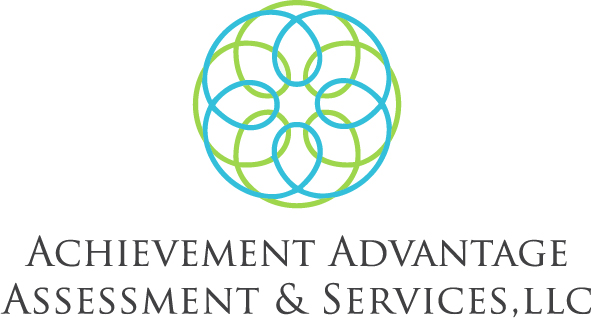In 2000, the National Reading Panel, consisting of members of the National Institute of Child Health and Human Development (NICHC), published a major study, which indicated there are five main areas that should be focused on to teach children how to read efficiently: Phonemic/Phonological Awareness, Phonics, Fluency, Vocabulary, and Text Comprehension.
Five Main Skills for Reading: Phonological Awareness, Phonics, Fluency, Vocabulary, and Comprehension
Phonological Awareness
Phonemic/Phonological awareness refers to the capacity to identify and manipulate phonemes (the smallest unit of sound) in oral language.
Phonics
Phonics refers to correlating sounds with letters or groups of letters in an alphabetic writing system. This included recognizing letter-sound correspondences as well as common spelling patterns.
Reading Fluency
Fluency refers to the ability to read quickly and accurately with appropriate expression.
Reading Vocabulary
Reading vocabulary refers to understanding the meaning of read words.
Reading Comprehension
Reading comprehension refers to deriving meaning from written text.
All of these skills build upon each other. For example, we need to have an understanding of the building blocks of oral language before we move on to learning phonics. If we can’t apply alphabetic principals automatically, we likely will not be able to read fluently. We need to be able to read words fluently to be able to identify them and understand the vocabulary. And if we don’t understand the words we read, it will be very difficult to derive meaning from a text. While these skills increase in complexity, students often work on various skills at the same time.
In our upcoming posts, we will explore how these five areas relate to reading disabilities, psychoeducational assessments, and instructional strategies that can help students who need additional support in reading.


